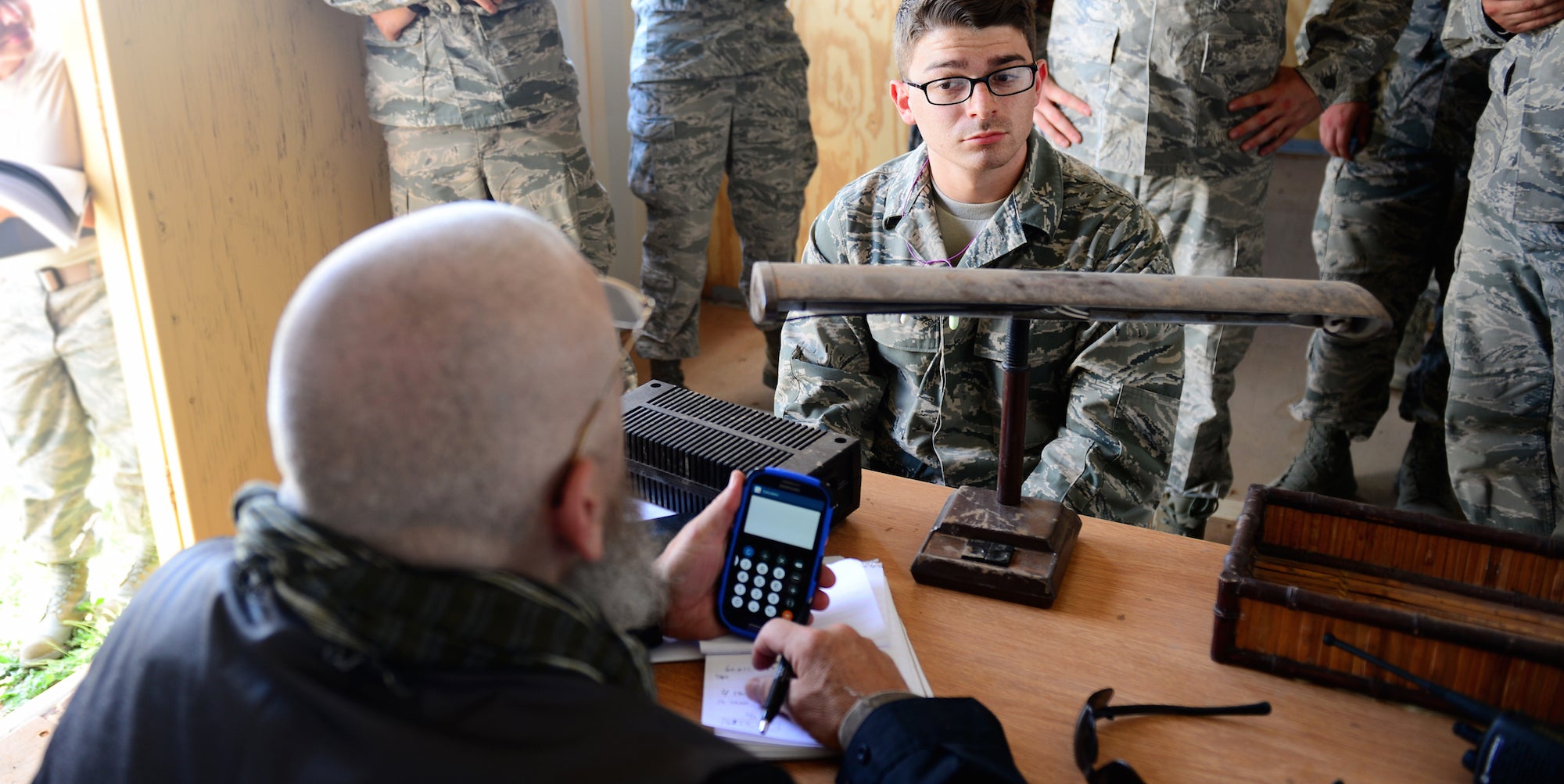
If you’re a member of the military chances are you’ve already heard about a Thrift Savings Plan, or TSP. The TSP is a government-sponsored savings program to help uniformed service members and federal employees save for retirement. In the civilian world, a TSP is comparable to a 401(k) plan that employees can pay in to with the assistance of their employer. Starting a TSP early on in your career translates to financial stability and a safety net of savings as you get older. Combine your TSP with other smart savings strategies and you’re well on your way to a securely financed retirement.
The TSP is set up so you can contribute anywhere from one to 100 percent of each paycheck to a TSP account – via either traditional or ROTH IRA contributions. Navy Federal Credit Union has a great chart that breaks down a ROTH versus traditional IRA if you need help deciding your best option. To start, stop, or change your TSP contribution, fill out a TSP-1 form and file it with your local pay or benefits office. It’s a relatively simple process to start contributing, and once your TSP is set up, you can get access to your account to monitor your savings progress.
If you joined the military any time on or after January 1, 2018, but before October 1, 2020, your branch automatically sets up a TSP account for you after you’ve served for 60 days. If you look at your Leave and Earnings Statement (LES), you’ll see that 3% of your base pay is deducted for your TSP before it even shows up in your bank account. If you joined after October 1, 2020, you’ll automatically have five percent of your base pay added to your TSP. At any time you can stop or change your TSP contributions – just fill out a TSP-1 form and file it with your pay office.
One of the great perks of the TSP is that after serving at least two years in uniform, you will start receiving an additional 1% of your base pay in your TSP account, courtesy of the federal government. This is what’s called a service automatic contribution. You may also become eligible for service matching contributions, meaning the federal government will match your TSP contribution (in addition to the aforementioned automatic 1%) each month. Understanding matching contributions requires a fair bit of explaining, so I’ll let you peruse the web page with more information on your own time. If you play it smart, you can max out your contributions and really grow your nest egg over the years. Play around with the TSP savings calculator on their website to see how you can maximize your contributions.
To really set yourself up strong for retirement, Navy Federal recommends contributing 10-15 percent of your base pay if your budget allows, otherwise contribute as much as you can. As you move through the ranks and earn more time in uniform, you can adjust your monthly contributions (Navy Federal recommends adding 1% each year) to get you where you want to be when it’s time to retire. They have tons of easy to understand retirement planning resources on their website if you’re a novice to the savings game. They cater specifically to service members and their families and have tons of special offers and discounts for their members.
In addition to your TSP, setting up a regular savings account through a credit union is another smart financial move. Your TSP is meant for retirement and you won’t be able to access it like a savings account without tax penalties and red tape. Having a savings account that you can build into and readily access when the time comes (like buying a home or taking a vacation) is very important. Navy Federal has two different savings account options – a basic account and a money market account. The basic account is just that – an easy, accessible savings account. The money market account allows you to earn dividends at a higher rate, but you’ll need to keep at least $2,500 in it to earn dividends. Both accounts allow you access to your money at any time without any withdrawal penalties.
Take advantage of the TSP as early on in your career as possible and start building for retirement. Even a 3% contribution each month won’t significantly affect your paycheck, and you’ll see a high payoff if you continue to contribute to your account, especially when you hit the stage where the government is matching your contributions. Once you set up your contribution to come out of your base pay before you see your paycheck will all but make you forget you’re enrolled in the program. Couple that with contributions to a standard savings account to stash away for emergencies or major life events and your financial future looks bright.
To learn more about the TSP and how to get started, visit their website. Interested in becoming a Navy Federal member? See if you’re eligible and explore the benefits of membership.
Navy Federal Credit Union is federally insured by the National Credit Union Administration.
The post Your complete guide to the Thrift Savings Plan appeared first on Task & Purpose.
